Skeletons, spirits and haunts,
More than most anyone wants.
Will you pay for a shock,
‘Cause we’re quite overstocked
On skeletons, spirits and haunts.
Shel Silverstein
I learn about Italian life piano piano (slowly slowly) by plucking tiny pieces of information that drift across my field of vision. As any human being who wades through a new culture, this process hardly feels efficient or even effective. I’ll be speaking to an Italian person, and they will fast-speed mutter something that I want to spend some time on. So I can understand at Megan Speed. But, as native speakers are wont to do, they zip on by and we’re already three subjects later and anyhow I’ve already forgotten what the word even sounded like.
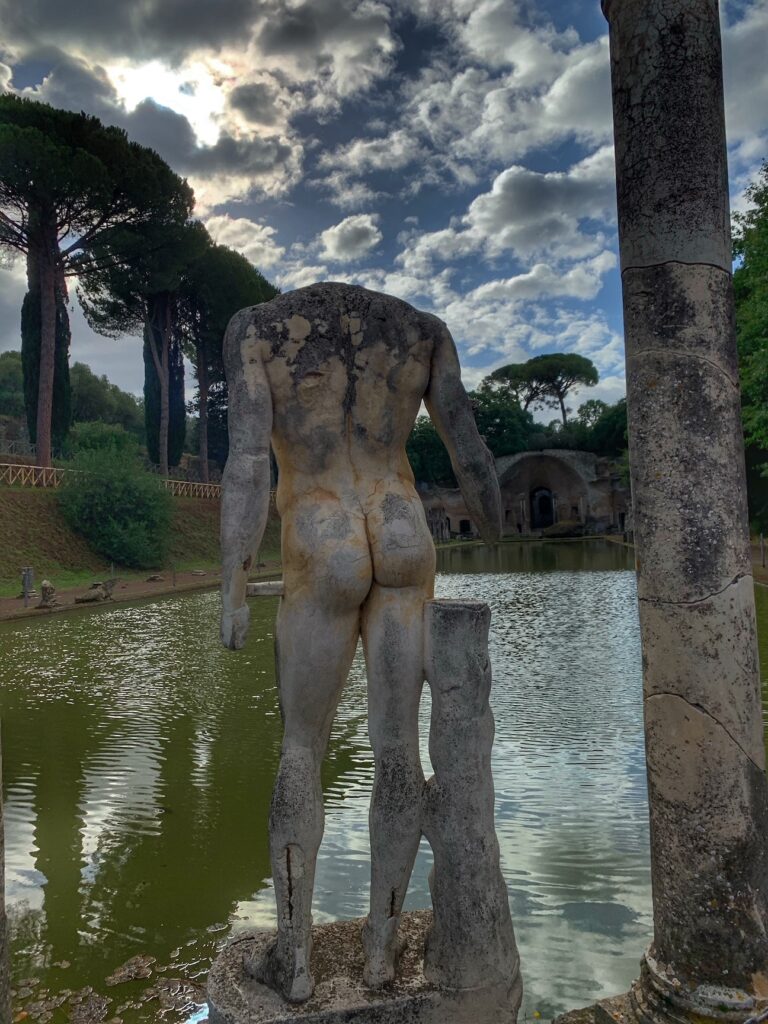
In English, it’s a bit easier for me to beg for clarification. Here’s an example of what happened last week:
Me: “Should we present a plan for how the next year will go?”
Italian: “No, this would be like discussing the sex of angels.”
As you can imagine, this direct translation was just too out there to let slide. If it had been uttered in Italian, I would’ve either a) not caught it at all or b) imagined that I’d heard the wrong thing. Definitely not “discutere del sesso degli angeli”. As it turns out, this is an Italian expression that means to discuss something that has no value or is a waste of time. Indeed, planning in the time of COVID often feels like a fool’s errand.
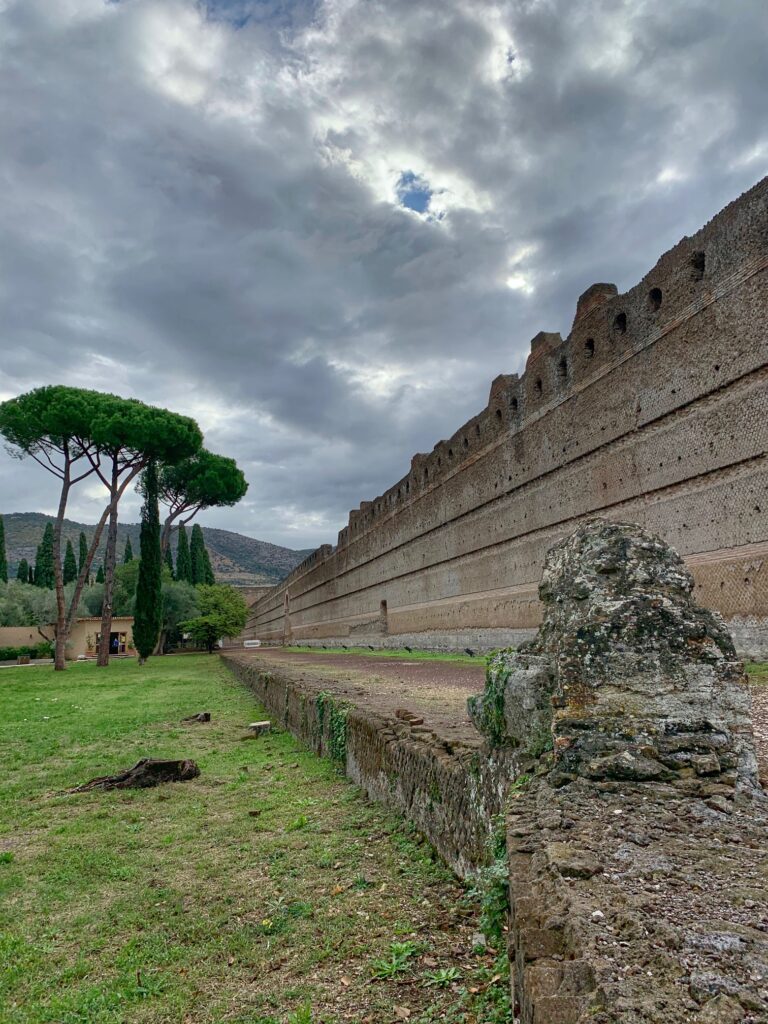
As I continue to learn, and the fantastic month of October kicks off, I watch from afar as my Mom decorates the Mashpee house in its blue ribbon-worthy Halloween trimmings. She places caution tape over the windows, fixes tombstones in the front yard, places massive spiders on the side of the house and makes you think that this house will have the best candy. It looks fantastic. I watch the video of it all and reflect on how the new definition of truly frightful is a person wandering around without a mask on their face. These idiots are more selfish than zombies.
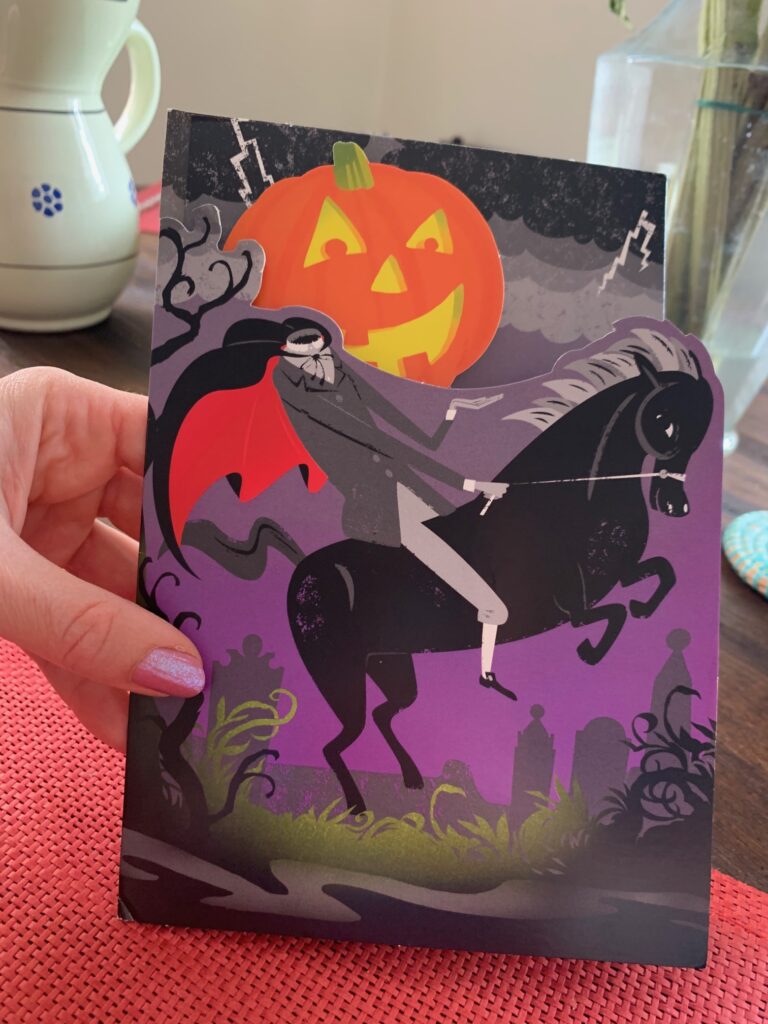
Halloween’s got a whole new version of scary this year.
Here in Rome, I’m learning that October traditions are a bit different. Of course we have the COVID scaries just like back home, but I haven’t found an Italian house decorated like it’s a filming location for Evil Dead. Instead, I’ve learned about the seemingly more refined “Ottobrata Romana“—a custom that is essentially a day trip taken on a Sunday in the Octobers of yore. Romans didn’t roam too far, and if understand it well, they made it an occasion to dress up and perhaps drink a bunch of wine (although after coming from the UK, Italians are really not big drinkers). Over in New England, I think we might translate “Le ottobrate” as something like something like, “The place we’re going on Sunday to pick pumpkins and drink some apple cider”.
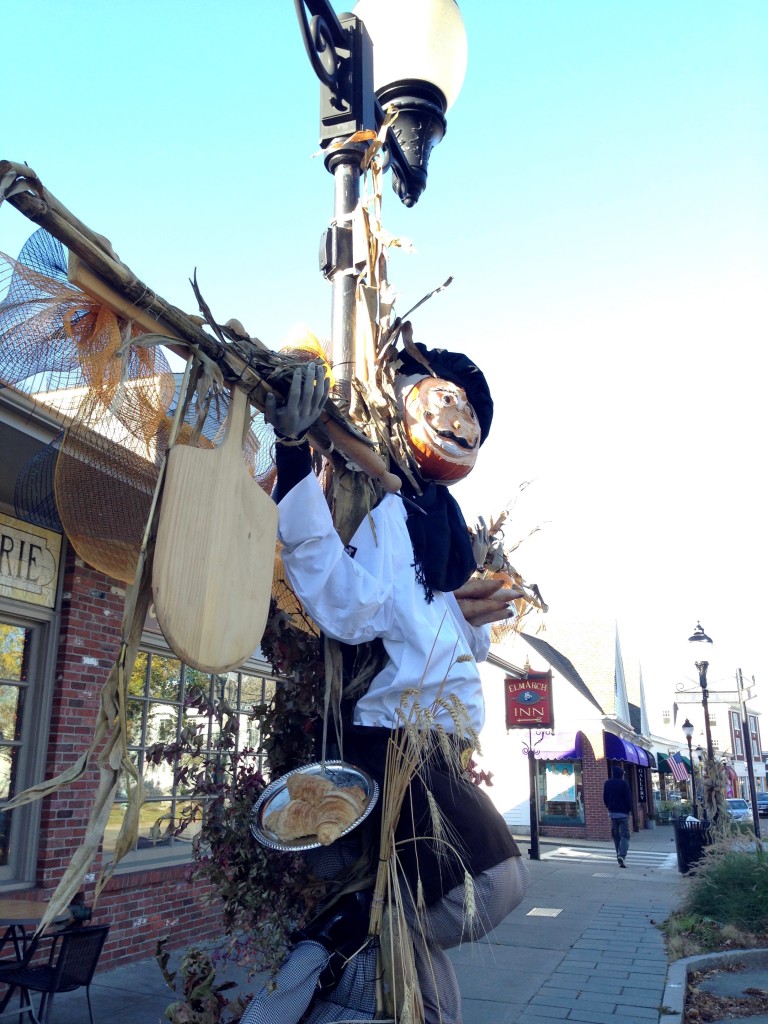
But I’m not at home. I’m in Rome with my collection of masks and simultaneously learning to do what the locals do. There is no Bourne Farm located down the street from my house, and there is not much leaf spotting to be had here in Lazio. The weather is still relatively warm, even if the rainstorms are starting to trample the country and make international headlines. And yesterday—indeed a Sunday in October—the idea was hatched to embark upon an ottobrata romana. I don’t know about you, but I learn things better if I immediately apply what I’ve been shown. Or if someone says starts saying something crazy about angel sex.
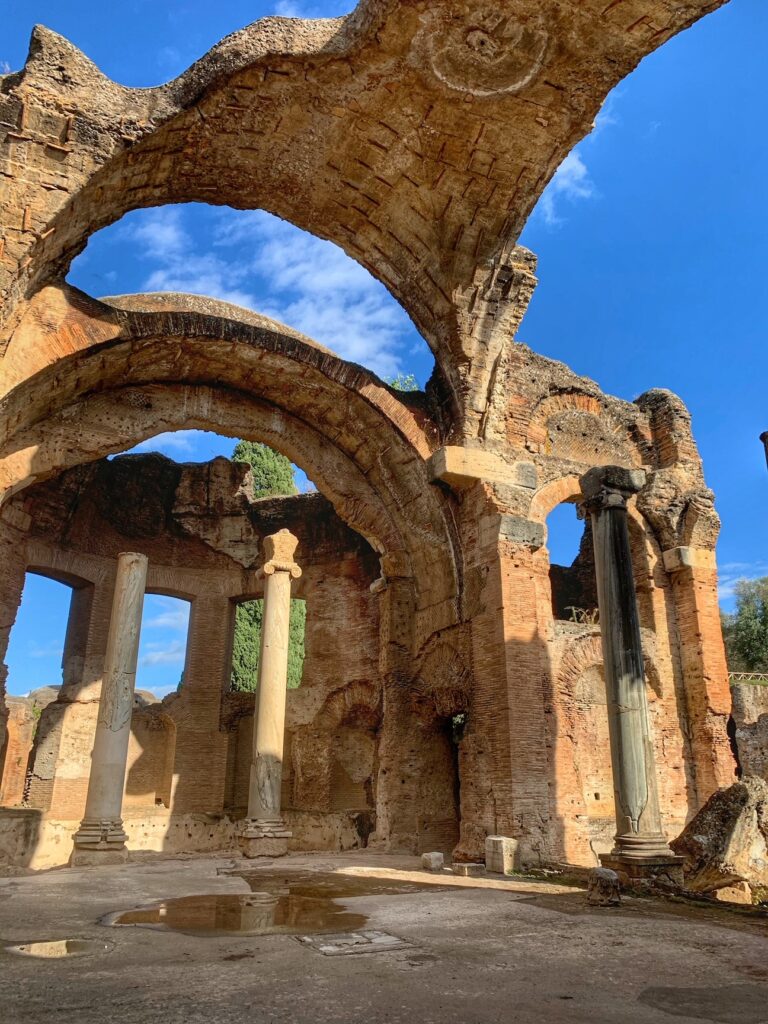
About 30 minutes east of the capital is the town of Tivoli. It overlooks the low-lying area surrounding Rome and as such qualifies as an ideal day trip. Furthermore, this area offers so many cultural and natural interests that it is absolutely impossible to see it all in a single Sunday. I’d like to think that both lockdown and the simple fact of cultural immersion has helped me to appreciate experience stuff in slow motion; cramming Tivoli into one check-in-the-box day is not desirable.
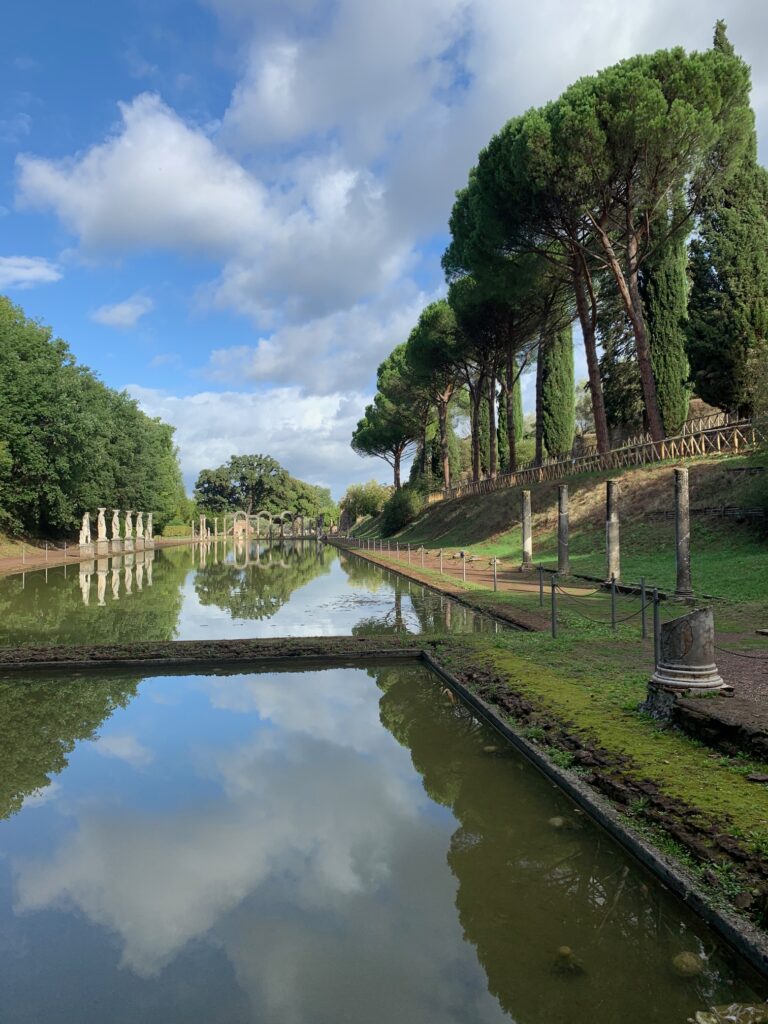
We picked only two activities and aimed to spend a half day in Tivoli. While the crowds from the usual tourists abroad have been limited since mid-February, the decision to go early in the day was still preferred. Less human traffic in both open and closed spaces makes me feel more comfortable. We arrived at Villa Adriana, and my eyes were peeled open to experience this ridiculously large “retreat” that was constructed by the Roman emperor Hadrian in the second century AD.
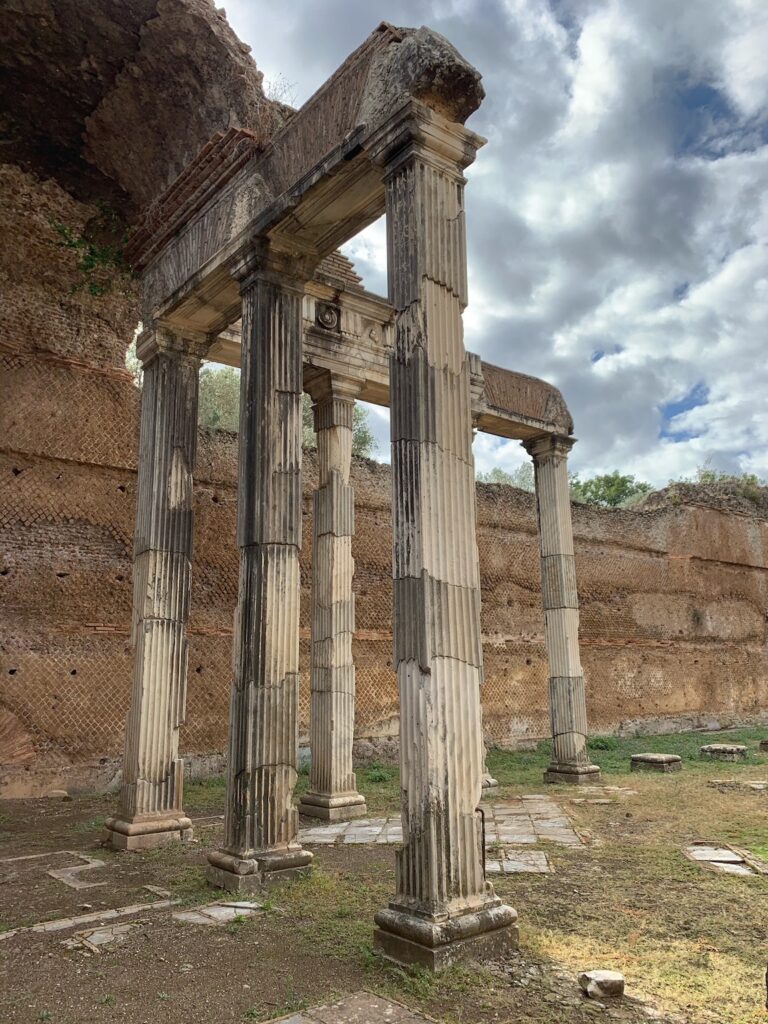
With respect to this architectural wonder, I’m not going to type for you what I read on Wikipedia. And you are not going to read it, either. Most people look at this blog for the pictures. But, I did find this quirky but decidedly Megan Speed virtual tour that provides a commentary and depiction for how the Villa likely operated during the emperor’s time. For everyone on the other side of the Italian COVID firewall, I highly recommend the 8-minute viewing for some instant tourism.
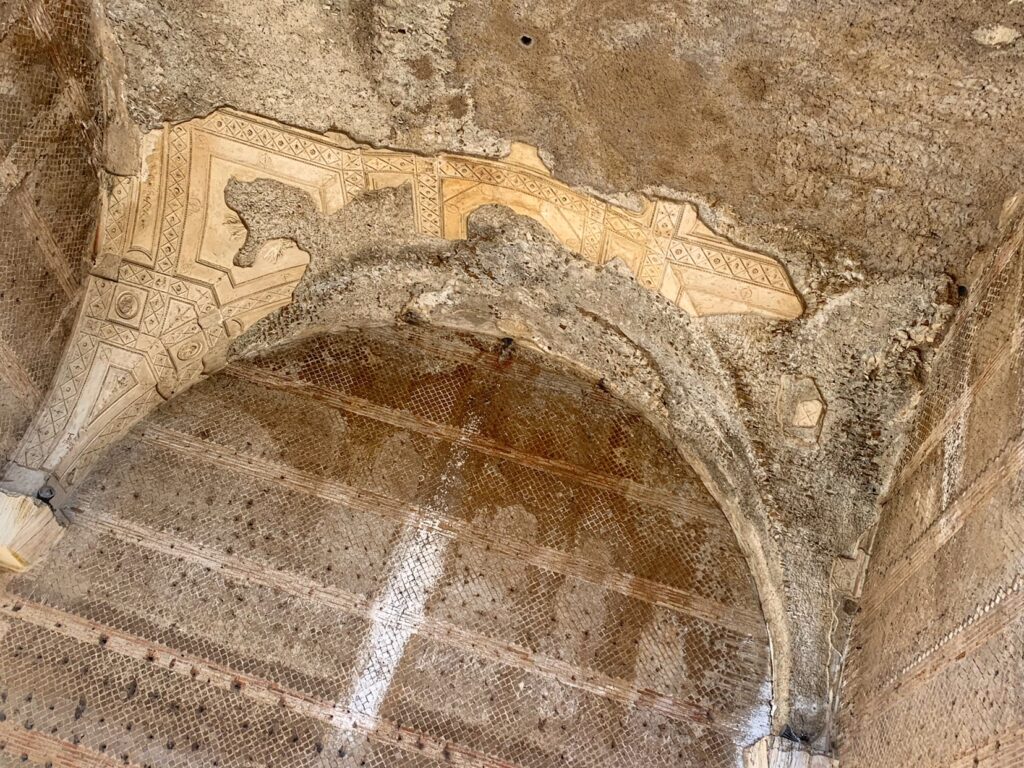
What I did find fascinating about Villa Adriana was the condition of the place even after centuries and centuries of scavenging and a battering of the elements. Traces of mosaics, domes, arches and pillars still stand, despite all of the force that is put upon this earth. Long before COVID, the World Wars and Rome’s very first Sunday outings, this Villa was up and running with impressive sophistication. As a kid who grew up in wooden houses and understood time through the lens of only a few hundred years, I now walked around and felt very insignificant. Me and my mask factored little in the equation for all the people who wandered these grounds way before me.
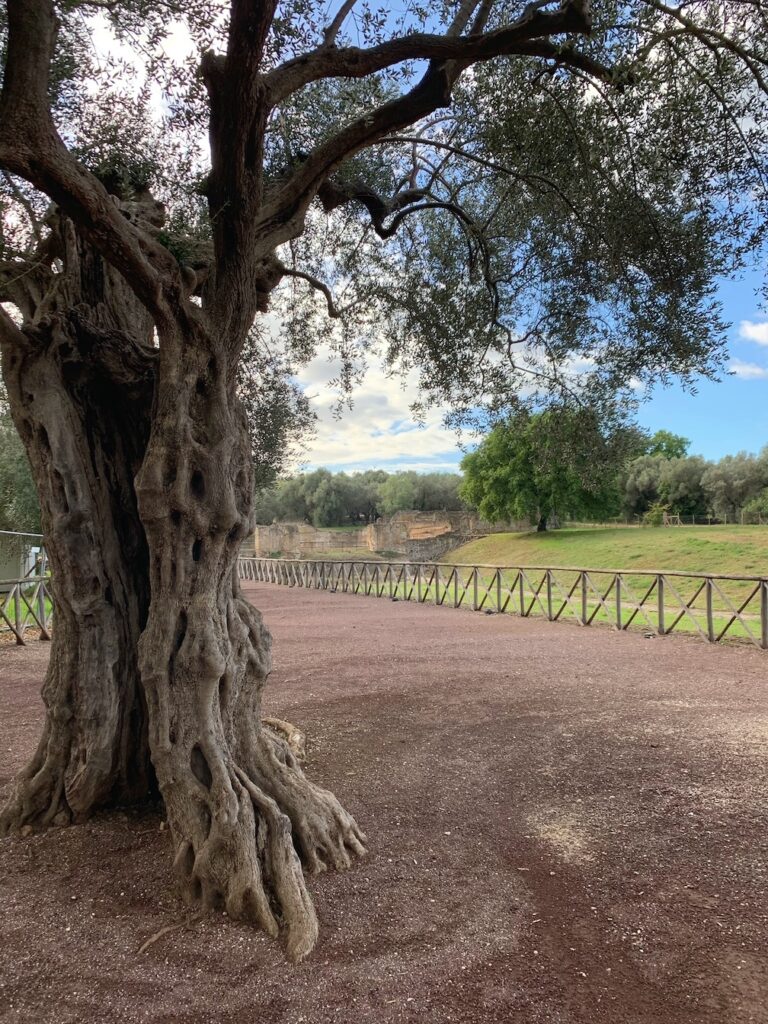
After Villa Adriana we drove to Villa Gregoriana, a park located about 10 minutes away. Of course this is Italy, so parking is just about non-existent even out in the countryside. This just means that one must creatively improvise where to place a car.
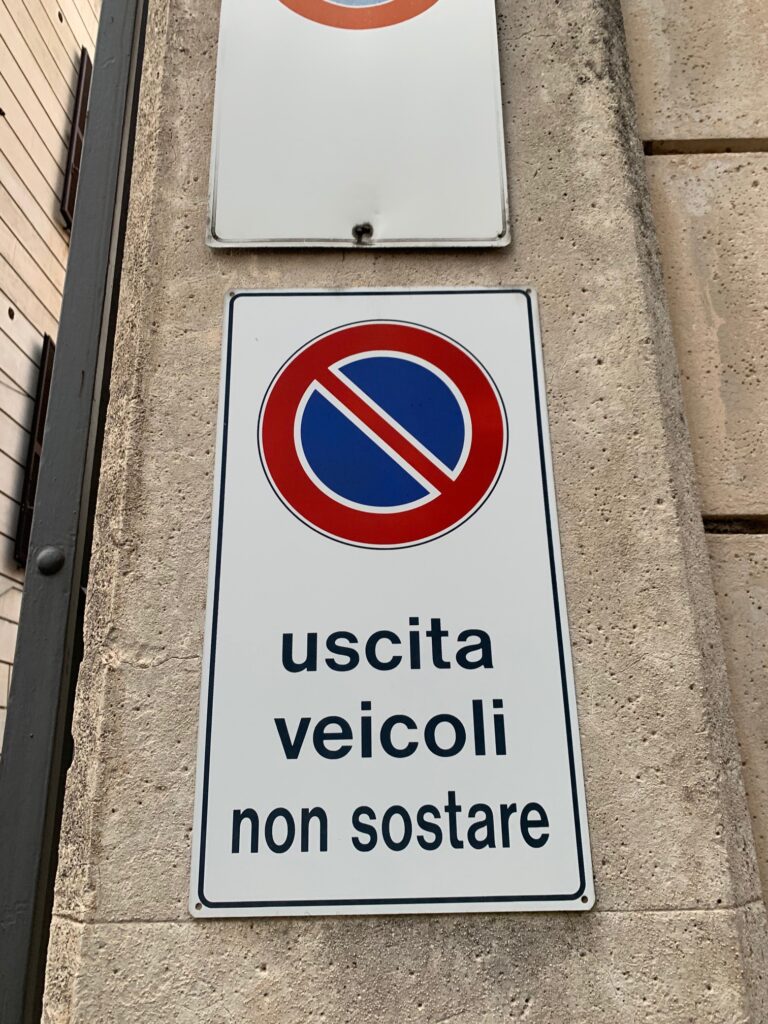
“Park here,” I was told by an Italian, “That sign says it’s forbidden but it’s fine.” This advice was similar to when, during one of my first drives around Rome, I suddenly decelerated in order to comply with a new traffic sign. “No it’s okay,” I was corrected by the Roman in the passenger seat, “It says speed limit of 40kph—but it’s a false 40.” Ah yes, the false 40. Don’t park here but really you can park here. I learn Italia piano piano.

Visiting Villa Gregoriana, the contrast in activity was that we spent our visit climbing up and down stony stairs, almost MC Escher style. I say that because it sometimes felt that way as we struggled to breath behind our masks when we came upon other people, and likewise peeled off our jackets in the October midday sun. We trudged up and down again, in and out of the ravine. The Villa boasts a couple waterfalls and grottos at different points—more natural beauty to see than you would have thought if you were simply driving by up on the street above.
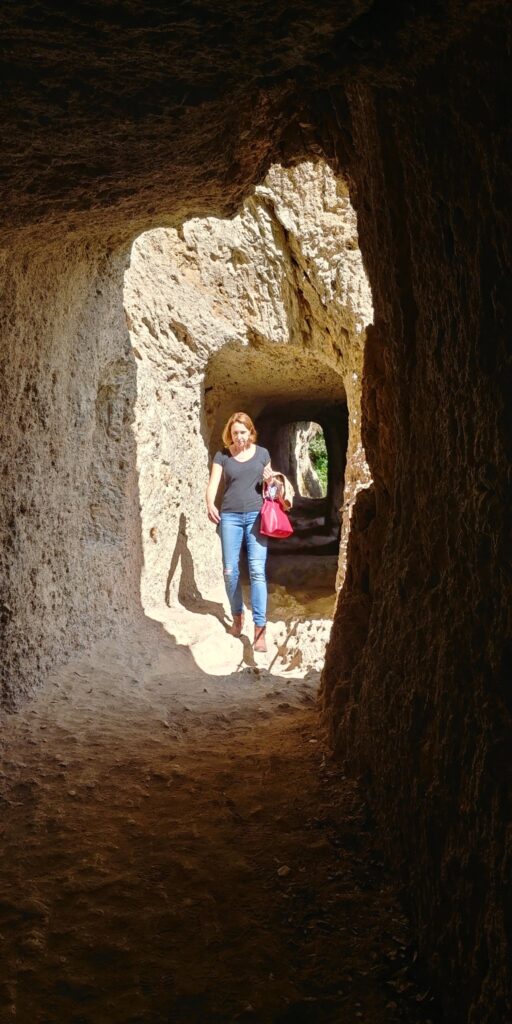
The percorso of Villa Gregoriana takes you down into the steep valley and then back up again. You are effectively spit out near a 1st century BC temple that peers over the Aniene waterfall. As we finally found solid footing again, it was past lunchtime and my stomach was talking. The old streets of Tivoli were charming and worthy of a hundred Instagram photos. The restaurants looked inviting.
“Do you want to get lunch here?” I was asked.
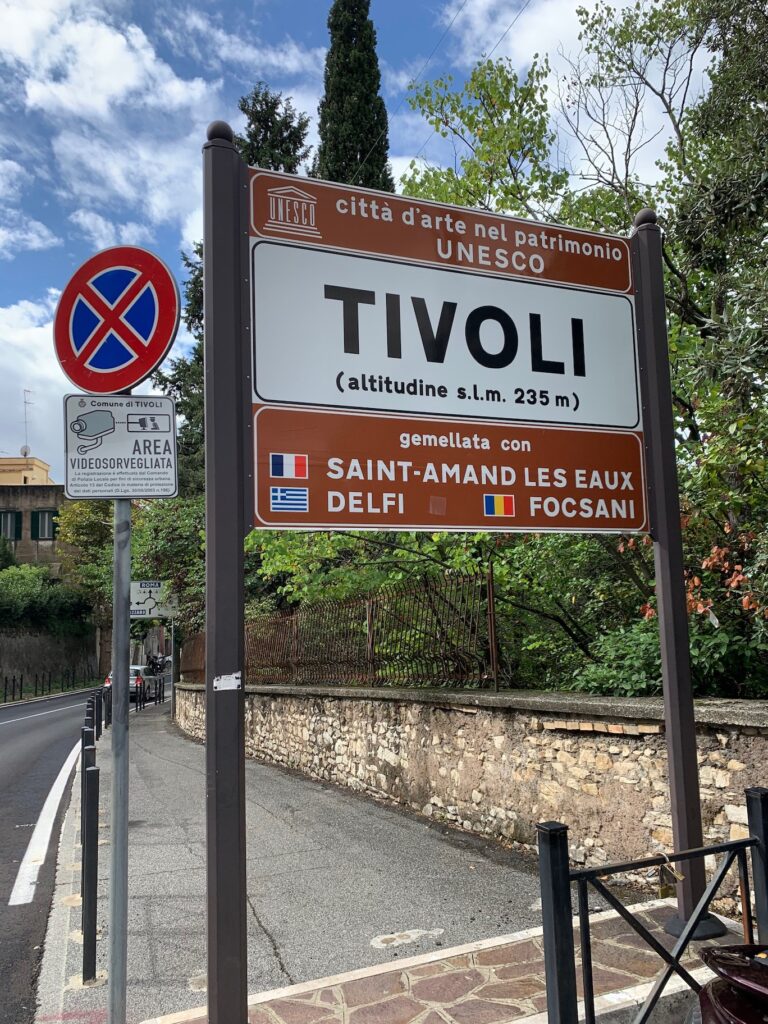
I breathed through the sweat in my mask. I looked at all of the people walking the small streets- nearly all in masks. I thought about the daily count, and how the numbers of COVID cases were creeping back up. The new caseloads weren’t as scary as those seen in other countries, but I still had limited interest in congregating.
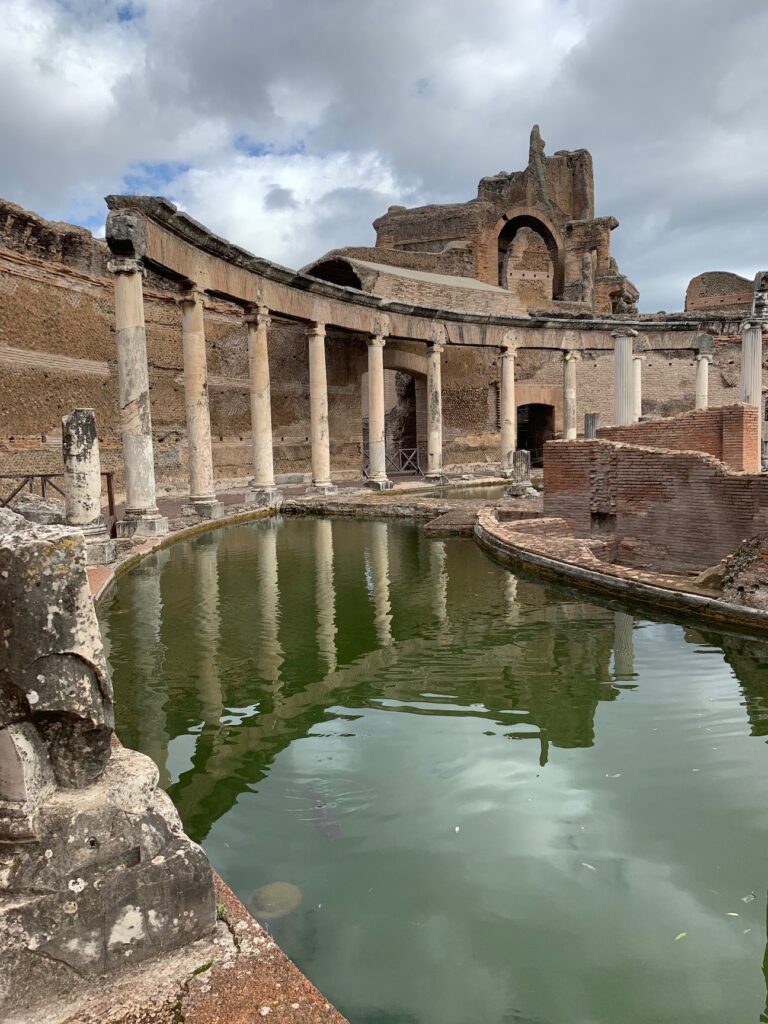
So our day trip came to a close. One that was very successful and begged for a return to Tivoli. There is plenty more to see, and plenty more for me to learn about in both language and culture. I am especially curious to return and explore Villa d’Este. It’s a 16th century villa in Tivoli that’s infamous because it was built by a cardinal who used Villa Adriana as his personal Leroy Merlin (that’s Home Depot, for you readers in America). Piece by piece, history is built and rebuilt. And piece by piece, I do feel like I’m actually learning a thing or two.
P.S. Wear a mask. This Halloween and beyond, it’s the one custom that I’ve found to be universally accepted by people interested in learning about stuff.